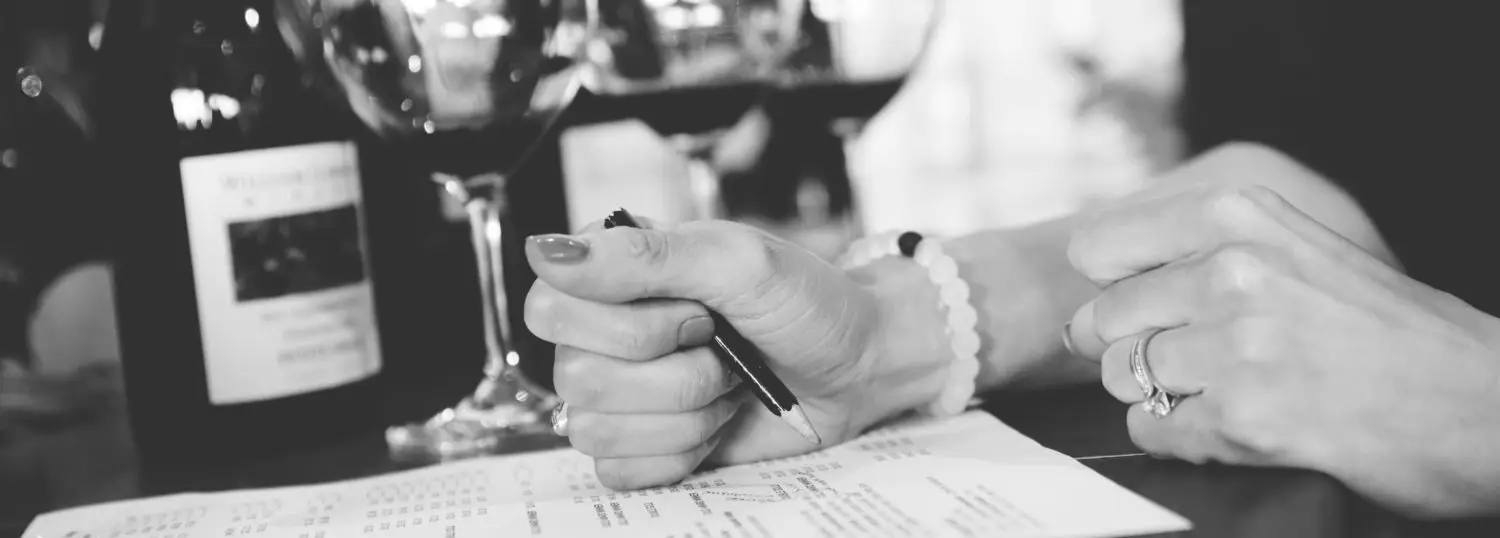
First a little heartbreaking news, due to the COVID-19, the Sonoma County Vintners recently announced that this year’s Taste of Sonoma is cancelled canceled. The organization, which represents more than 200 wineries and affiliated businesses throughout the Sonoma County, encourages consumers to, instead, celebrate Sonoma at home, pointing to their Sip from Home. According to the site, many Sip from Home promotions include interactive virtual programs as well, encouraging virtual visits to Sonoma County.
The Sonoma Valley Growers Alliance (SVGA), an organization that is a merger of the Sonoma Valley Vintners Association and the Sonoma Valley Grape Growers Association, is also partnering with the La Luz Crisis Fund. The local non-profit organization is dedicated to assisting minority workers throughout the county and has set up a fund specifically to provide aid to those affected by the COVID pandemic. By purchasing wine through The Sonoma Valley Wine Collective, a percentage of the money spent on wine will be donated to the La Luz Crisis Fund to meet the needs of the county’s community of workers.
So, while you may not be able to visit sunny Sonoma or tour our wineries in person, I encourage you to support our small town, our family-run wineries, and of course help our community of workers so they can be present and healthy when you are able to sip Sonoma in person. Cheers.
About The Sonoma Valley Vintners & Growers Alliance (SVVGA)
The Sonoma Valley Vintners & Growers Alliance (SVVGA) comprises hundreds of member wineries and grape growers as well as associate members who work together to promote awareness of the Sonoma Valley and its extraordinary wines and grapes, its incomparable climate, and its richly diverse terrain and terroir.
The organization was formed in 1992 by merging the Sonoma Valley Vintners Association and the Sonoma Valley Grape Growers Association. Because it is a collaboration of vintners and growers, it is a unique organization that shares a mission to promote Sonoma Valley wines and grapes, support cooperation and collaboration among Valley vintners and growers, and develop community awareness of the industry and its contributions to the unique lifestyle in Sonoma Valley.
Specific purposes of the SVVGA are:
- To promote awareness in the marketplace of the superior quality of Sonoma Valley grapes and wines
- To raise community awareness and to protect the central importance of the grape and wine industry to the local economy and to the quality of life in Sonoma Valley
- To assure a healthy social and political environment conducive to grape growing and winemaking
- To strive to maximize the quality of Sonoma Valley grapes and wines
About La Luz Center
In 1985, the wine industry was booming in Sonoma Valley. Hundreds of workers were hired from Mexico, Central and South America to work in the vineyards. On weekends they attended church where they met Ligia Booker. Born in Colombia to a large philanthropic family, Ligia saw Sonoma Valley through the eyes of an immigrant. She learned that the vineyard worker families had basic unmet needs like language skills and access to food, clothing and housing; assistance with medical, legal and financial issues presented more complicated, longer term challenges.
Ligia and a group of Sonoma residents came together to provide needed assistance and began to call themselves La Luz, Spanish for “The Light”. Over the years, La Luz Center has expanded capabilities through strong community partnerships and a talented, resourceful La Luz staff that now delivers a wide-range of programs, services and responsive support to families in Sonoma Valley.
Ligia understood the unique relationship between the people of The Springs and the economy of Sonoma Valley. The Latino community, now comprising approximately 28% of the Sonoma Valley population and 58% of our public school enrollment, significantly contributes to the vitality of the Valley. La Luz Center continues to bring “The Light” to Sonoma Valley residents and we invite you to explore our website to learn more about current La Luz Center partnerships, services, and programs.
BriscoeBites officially accepts samples as well as conducts on-site and online interviews. Want to have your wine, winery or tasting room featured? Please visit the Sample Policy page where you can contact me directly. Cheers!
**Please note: all reviews and opinions are my own and are not associated with any of my places of business. I will always state when a wine has been sent as a sample for review. Sending samples for review on my personal website in no way guarantees coverage in any other media outlet I may be currently associated with.**





